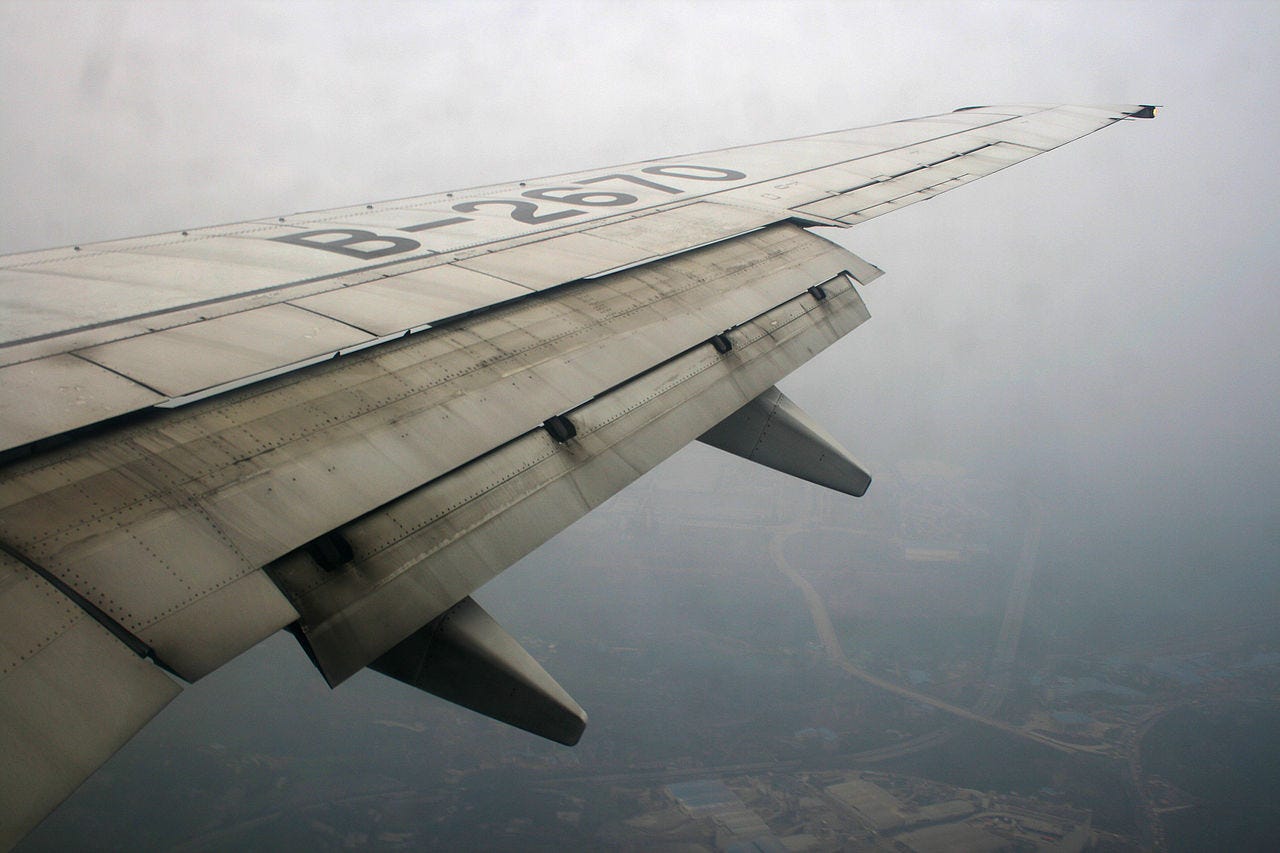Continuing from our previous discussion about primary control surfaces, let’s take a closer look at the unsung heroes of flight: spoilers, flaps, and slats. These nifty surfaces might not be as flashy as ailerons or elevators, but they’re crucial for making takeoffs and landings smooth, safe, and efficient.
Spoilers
Location and Function: Spoilers sit on the upper surface of the wings, typically near the wing's root (the part closest to the fuselage). They are designed to pop up when needed, disrupting the smooth airflow over the wing.
How They Work: Spoilers act like the brakes and steering wheel of an aircraft. When deployed, they break up the smooth flow of air, reducing lift and increasing drag. This comes in handy in several scenarios:
Landing: By reducing lift and adding drag, spoilers help the aircraft slow down and descend steeply without picking up speed.
Roll Control: When used asymmetrically (on one wing), spoilers reduce lift on that wing, helping the aircraft turn more quickly.
Ground Handling: After touchdown, spoilers "kill" the lift, ensuring the aircraft stays firmly on the runway for effective braking.
Unlike ailerons or elevators, spoilers only move upward and then blend back into the wing surface when not in use.
Flaps

Location and Function: Flaps are located on the trailing edge of the wings (the back part). These surfaces extend downward and sometimes backward, depending on their design.
How They Work: Flaps are like power-ups for your wings. They increase the wing’s surface area and change its shape, providing extra lift at lower speeds. This is critical during:
Takeoff: Flaps allow the aircraft to lift off the ground at a shorter distance, especially on runways with limited space.
Landing: By enabling slower flight without losing lift, flaps help pilots touch down gently and safely.
There are several types of flaps, each with its own magic:
Plain Flaps: Simple hinged sections that deflect downward.
Split Flaps: Deflect from the underside of the wing, creating more drag.
Fowler Flaps: Slide backward and downward, increasing both area and lift.
Each type has its role, but all aim to enhance low-speed performance.
Slats
Location and Function: Slats are positioned along the leading edge of the wings (the front part). These surfaces may extend forward when needed, creating a small gap between the slat and the main wing.
How They Work: Slats are like the wing’s safety net. At high angles of attack (like during takeoff, landing, or slow flight), they keep the airflow smooth over the wing’s surface, delaying stalling. This is how slats work their magic:
Smooth Airflow: The gap created by the slats allows air to reattach to the wing’s surface, maintaining lift even when the wing is at a steep angle.
Teamwork: Slats often work in tandem with flaps, creating a super-powered combo for slow, controlled flight.
This combination makes it possible for large aircraft to operate safely at low speeds, even with their massive size and weight.
Why Do They Matter?
Spoilers, flaps, and slats work behind the scenes, making the most challenging phases of flight—takeoff and landing—feel effortless. By adjusting airflow, lift, and drag, these surfaces give pilots the control they need to handle tricky maneuvers and ensure passenger safety.
So next time you’re on a plane and feel those wings shift and move, remember the incredible engineering at play. These seemingly simple surfaces are what make flight possible, even in the toughest conditions!





